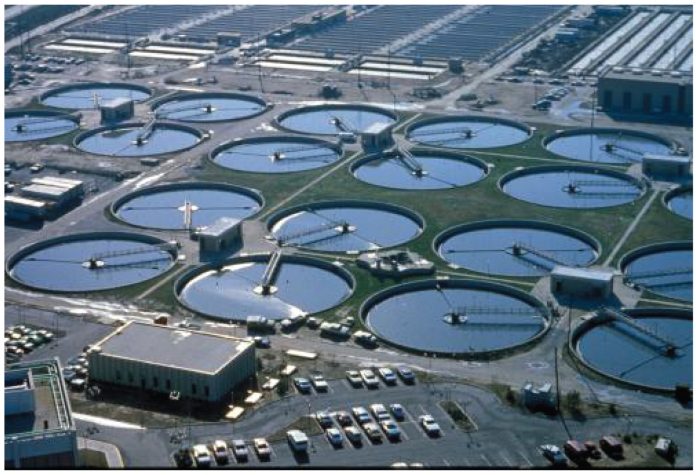The 9th U.S Circuit Court of Appeals ruled in favor of exemptions given to Montana wastewater facilities regarding the discharge of phosphorous and nitrogen into navigable waterways.
The U.S. Environmental Protection Agency (EPA) approved Montana’s water quality standards in 2015. In 2017, Montana submitted a variance request for water quality standards to the EPA. The Trump-era EPA approved the variance request, which allowed more lenient standards and timelines, taking into account the cost of compliance with regulations for 36 wastewater treatment facilities for a maximum period of 17 years.
Conservation group Upper Missouri Waterkeeper sued the EPA to reverse the decision, claiming the 1972 Clean Water Act (CWA) did not allow communities to take economics into consideration when crafting water quality standards.
‘Infeasible’ Water Quality Standards
In early October, a three judge panel of the 9th Circuit Court unanimously held the EPA’s grant of a CWA variance did not violate the law.
The court found the law did grant states and communities the power to request variances, and that the EPA had the responsibility to consider such request and the discretion to grant them.
In his opinion for the court, Circuit Judge Paul J. Watford wrote states can in fact pursue regulatory variances if compliance with the standards in the Clean Water Act is “infeasible.”
“Under regulations issued by the EPA, states may obtain a variance from approved water quality standards (known as the “base” water quality standards) if compliance with such standards is shown to be infeasible.” Watford wrote.
Although, Watford noted the Clean Water Act does neglect to specifically state that costs of compliance may be taken into account, the argument that the lack of explicit mention means costs considerations are not allowed to be part of the regulatory process lacks a basis in law.
“It is true, as Waterkeeper argues, that § 1313(c)(2)(A) includes a list of uses and values that States must “tak[e] into consideration” when establishing water quality standards, without expressly mentioning the costs of compliance.” Watford said. “But the inference that Waterkeeper asks us to draw—that Congress’s silence as to costs reflects an intention to forbid their consideration—is not supported by the text of the provision or the broader statutory context.”
‘Preserve Critical Flexibility’
The court rightly recognizes under the law, water quality regulations must take into consideration local conditions and local needs when being developed, says Amanda Aspatore, chief legal counsel for the National Association of Clean Water Agencies (NACWA).
“The U.S. Court of Appeals for the Ninth Circuit’s affirmation that water quality standards variances further the objectives of the Clean Water Act helps preserve critical flexibility for both state and federal regulators and clean water utilities.” Aspatore said. “These variances ensure that water quality improvements are made in a rigorous but thoughtful way that does not lead to widespread economic harm in local communities.”
Upper Missouri Waterkeeper tried to argue allowing for variances in water quality standards was allowing for less effective environmental protections, Aspatore says, but the Ninth Circuit and the EPA found it was important to take into account the impact of regulations on the communities served.
“While the plaintiffs in this case claimed that taking such economic impacts into account under any circumstances when setting water quality standards was tantamount to weakening environmental protections, the Ninth Circuit recognized that EPA’s variance process in fact mandates water quality advancements in a manner that wholistically accounts for the health and well-being of the communities served by clean water utilities,” Aspatore said.
Requiring Incremental Improvements
NACWA and fellow intervener-defendant group The Montana League of Cities and Towns made the argument in a friend of the court brief in support of the EPA’s position that variances in water standards were intended to make incremental improvements towards meeting the Clean Water Act’s base water quality standards.
The 9th Circuit Court agreed with this interpretation, concluding the ultimate goal of the CWA and the regulations flowing from it are to obtain the highest standard of water quality reasonably attainable in the light of local conditions.
Linnea Lueken (llueken@heartland.org) is a research fellow with the Arthur B. Robinson Center on Climate and Environmental Policy at The Heartland Institute.


























